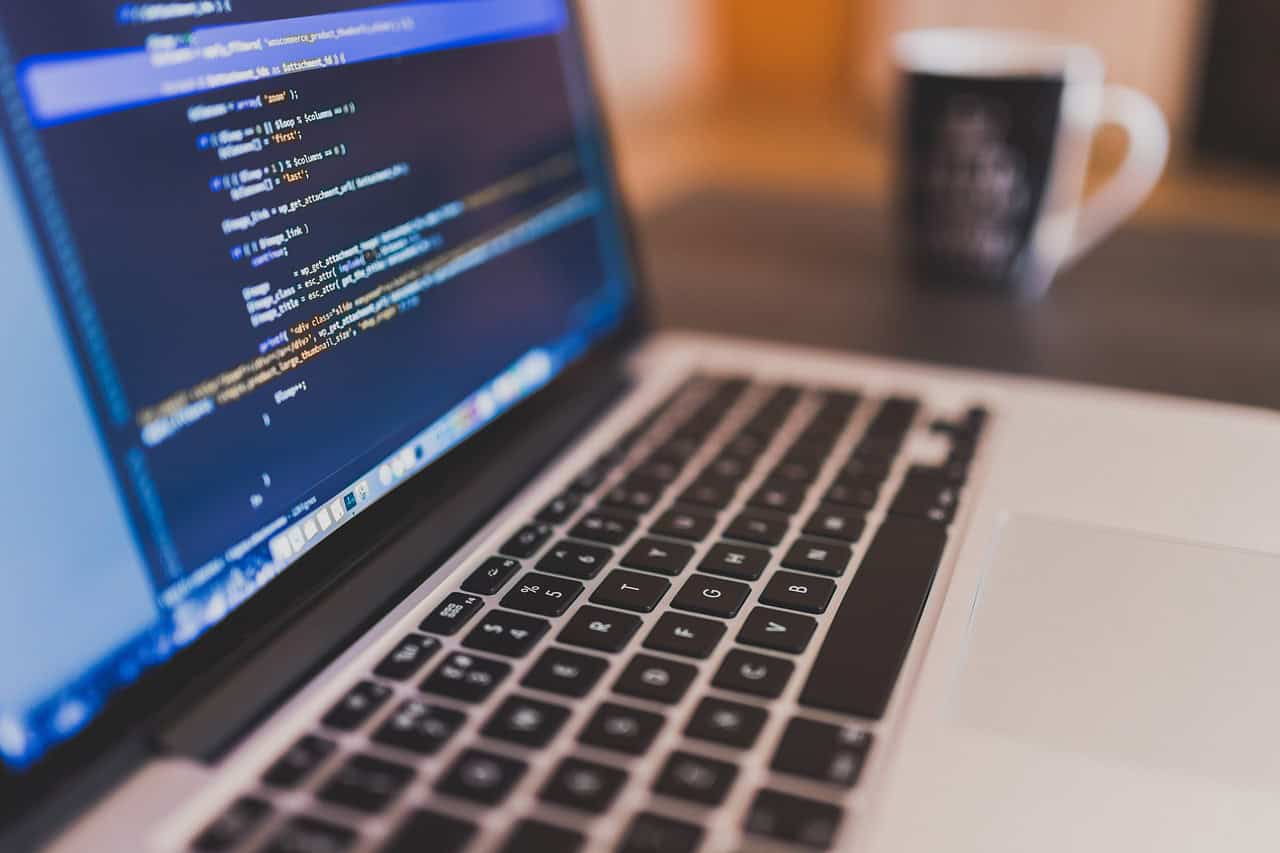Getting Started with Python Programming
Python programming has gained immense popularity due to its simplicity and versatility. Whether you are a beginner or an experienced developer, Python provides an accessible gateway to coding and problem-solving. In this article, we will introduce you to Python programming, discuss its features, benefits, and provide tips on getting started.
What is Python Programming?
Python is a high-level, interpreted programming language that was created by Guido van Rossum and first released in 1991. It is known for its clear syntax, readability, and a large standard library, making it a preferred choice for many developers.
Key Features of Python Programming
- Easy to Learn and Use: Python’s syntax is straightforward, which lowers the barrier for beginners.
- Dynamically Typed: Variables in Python do not require a specific type declaration.
- Extensive Libraries: Python has a variety of libraries for different purposes, such as NumPy for numerical computations and Pandas for data analysis.
- Cross-Platform: Python can run on different operating systems, including Windows, macOS, and Linux.
- Community Support: Python has a vast community, which means a wealth of resources, libraries, and frameworks are available.
Benefits of Python Programming
- Rapid Development: Python allows for quick prototyping and faster development cycles.
- Versatile Applications: Python is used in web development, data analysis, artificial intelligence, and more.
- High Demand in Job Market: Knowledge of Python programming can greatly enhance your employability in tech.
Getting Started with Python Programming: A Simple Tutorial
To start programming with Python, follow these simple steps:
Step 1: Install Python
Download and install Python from the official website python.org. Ensure to check the box that says “Add Python to PATH” during installation.
Step 2: Write Your First Python Program
# This is a simple Python program
print("Hello, World!")
Step 3: Run Your Program
Open your terminal or command prompt, type python followed by the name of your file (e.g., python hello.py), and hit enter!
Resources for Learning Python Programming
Conclusion
Python programming is an excellent choice for both newcomers and seasoned developers. Its extensive libraries, clear syntax, and active community make it a powerful tool for a wide range of applications. By starting with Python today, you’ll be on your way to unlocking a world of programming possibilities!
Next Steps
Now that you have a foundational understanding of Python programming, it’s time to deepen your knowledge and skills. Start by building small projects that interest you; this hands-on experience will solidify your learning. Consider exploring areas such as web development with frameworks like Flask or Django, or dive into data analysis using libraries like Pandas and NumPy.
Additionally, engage with the Python community through forums, online courses, and coding meetups. Websites such as Codecademy and Real Python offer great resources to further enhance your Python programming skills. Finally, don’t hesitate to check out our advanced tutorials and guides to tackle more complex programming challenges and broaden your expertise.

1 thought on “Unlock Your Coding Potential: A Beginner’s Guide to Python Programming”
Comments are closed.